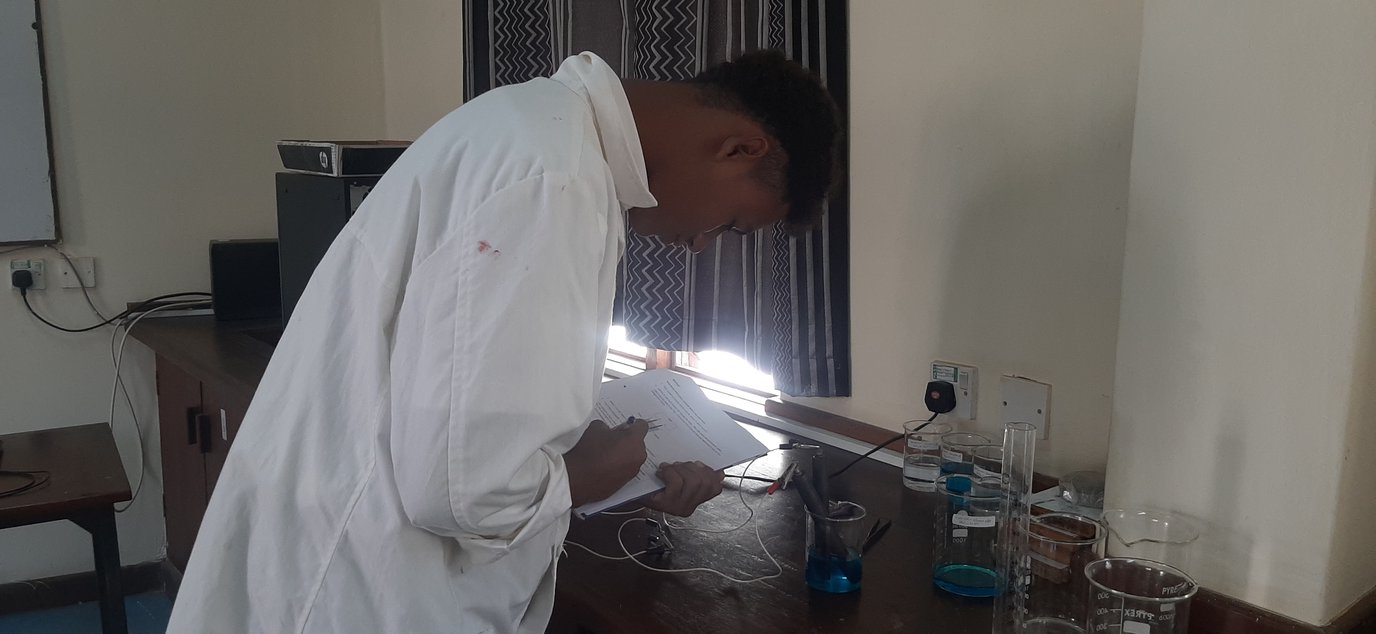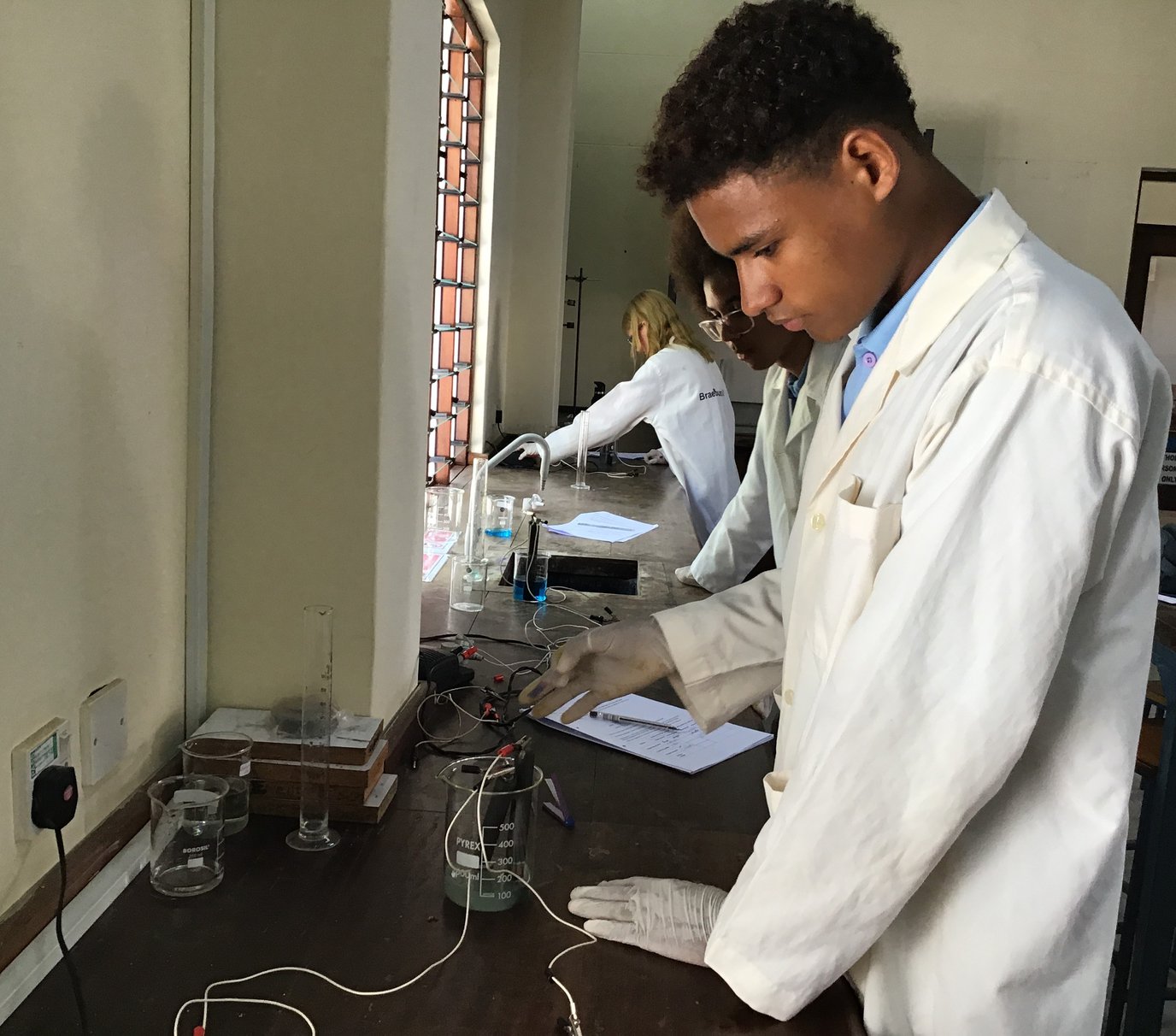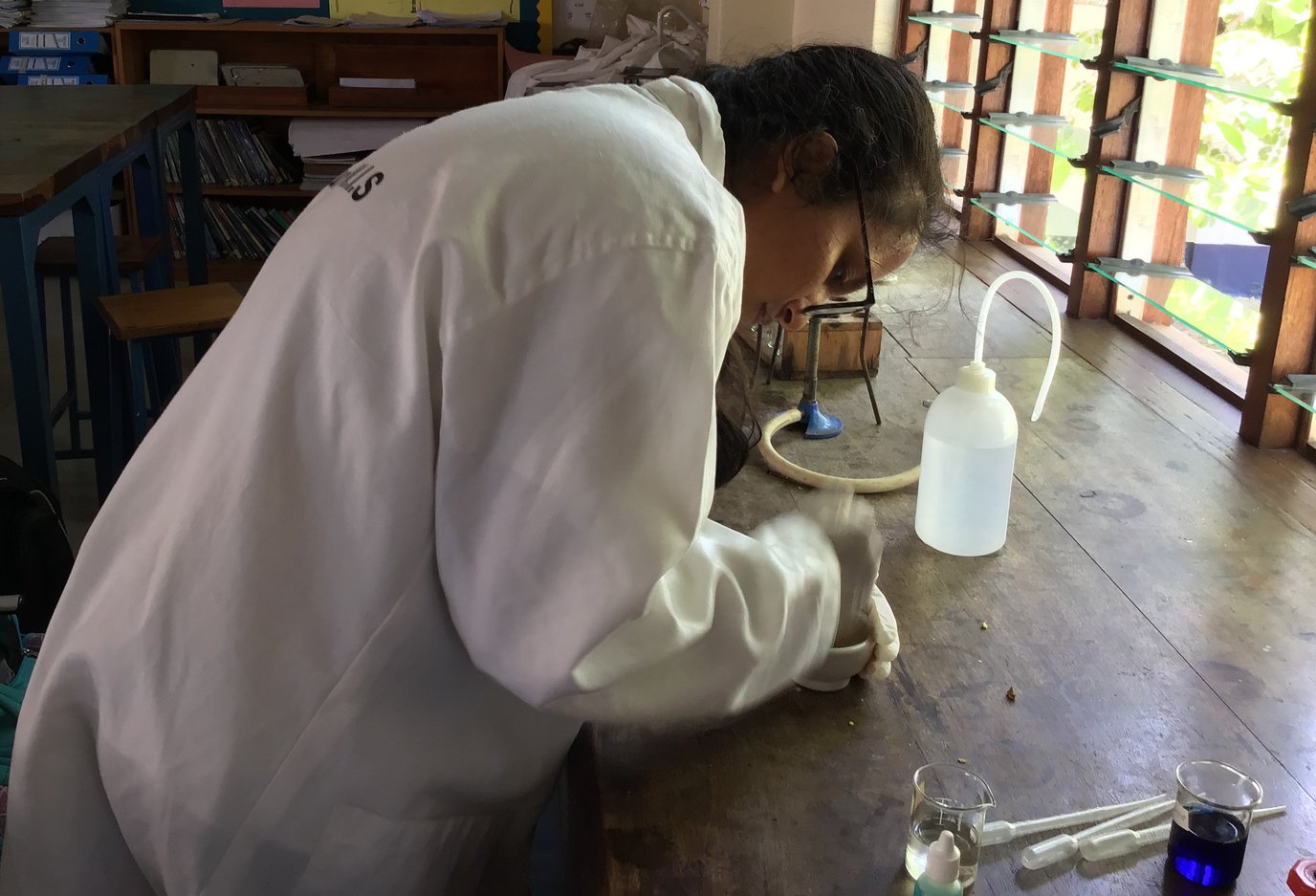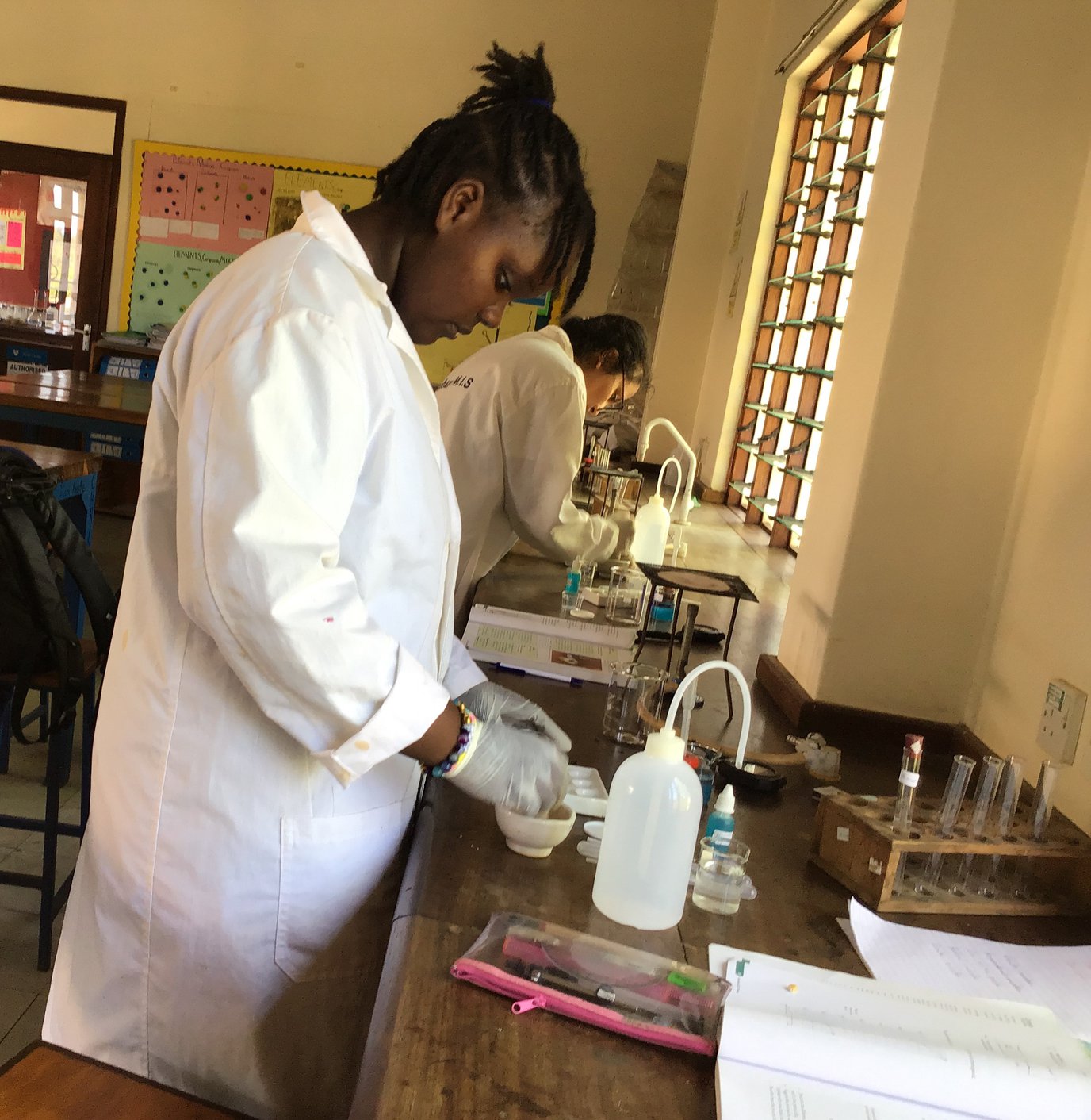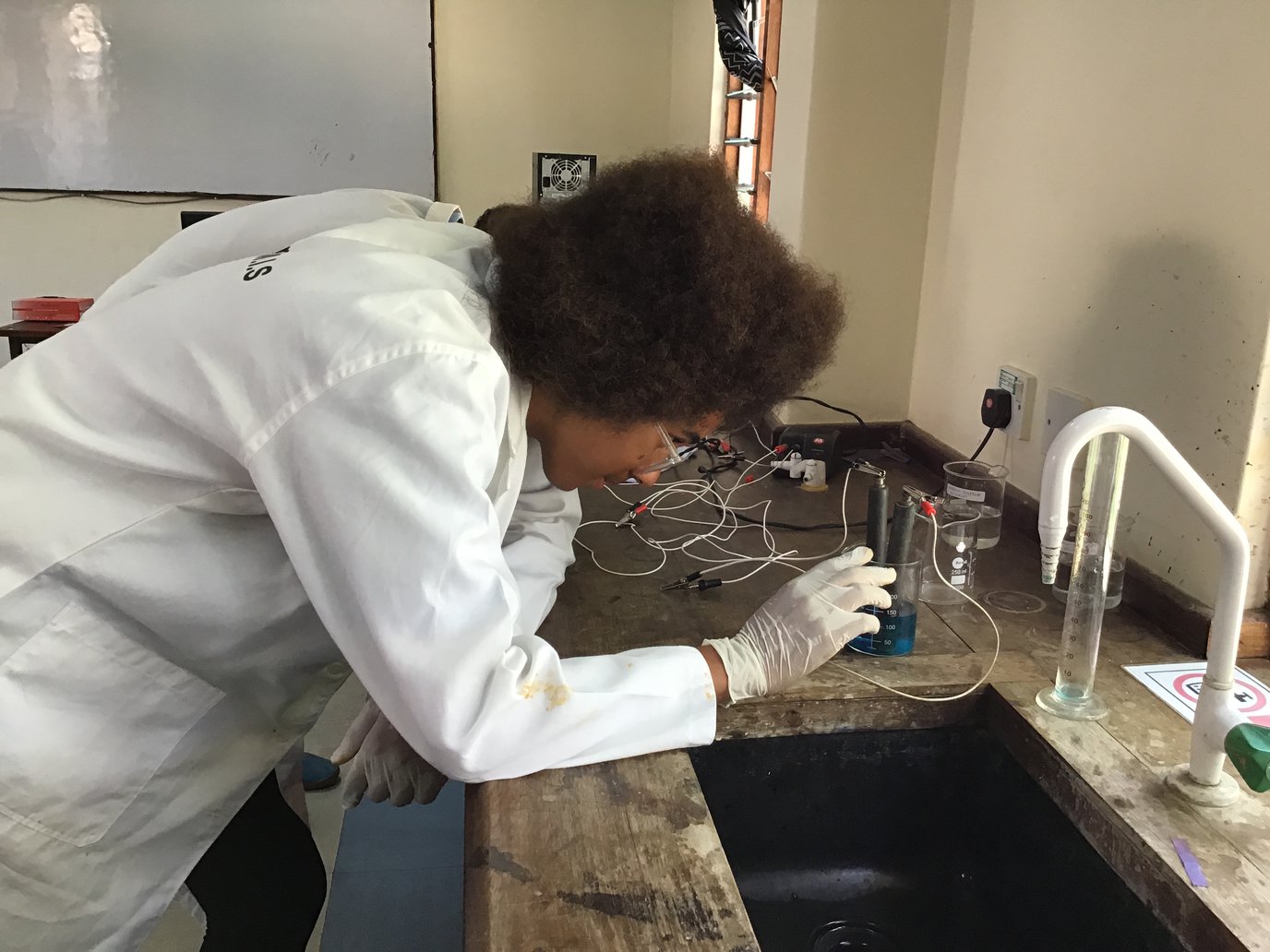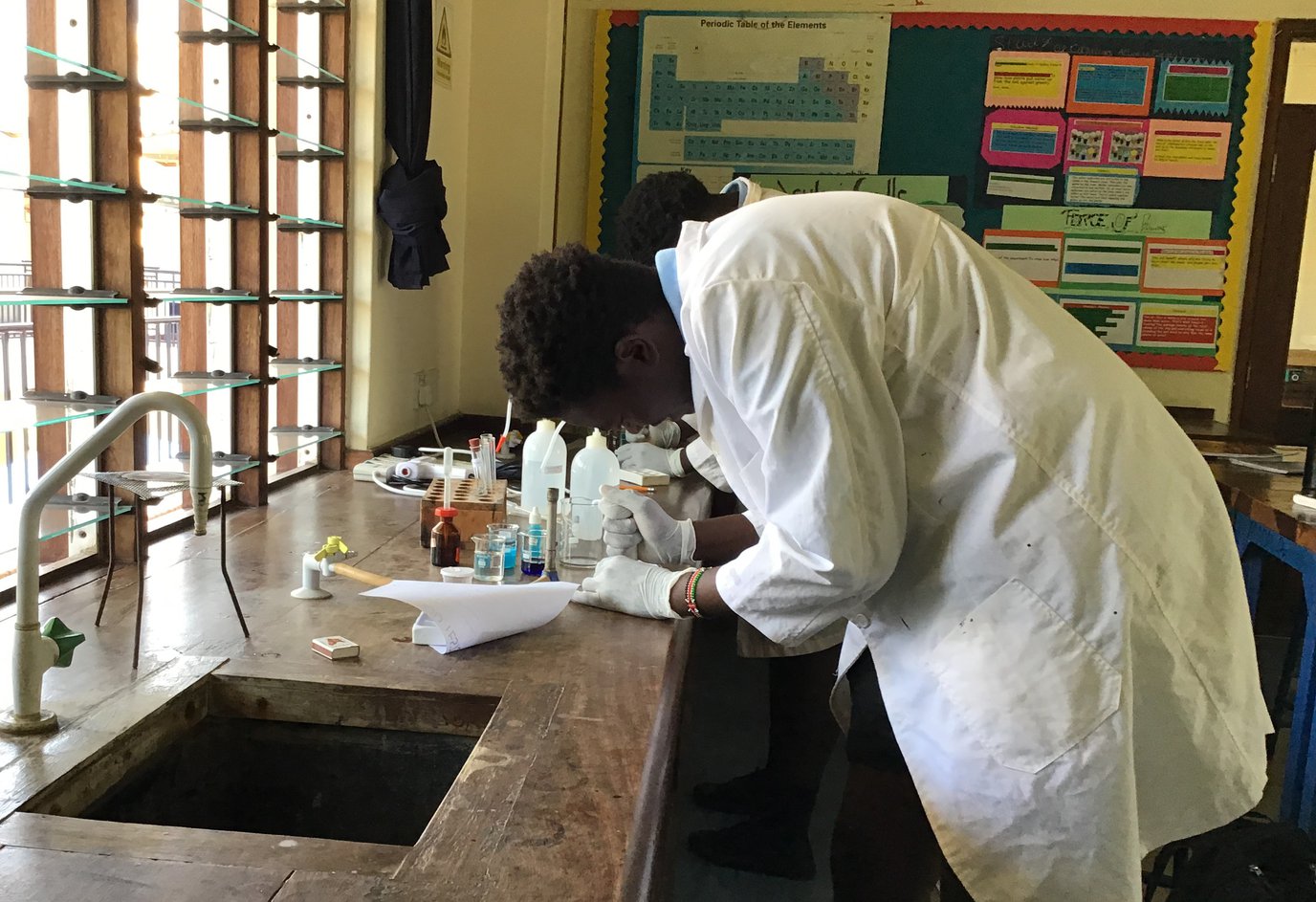Life-long and independent learners in practical based science lessons
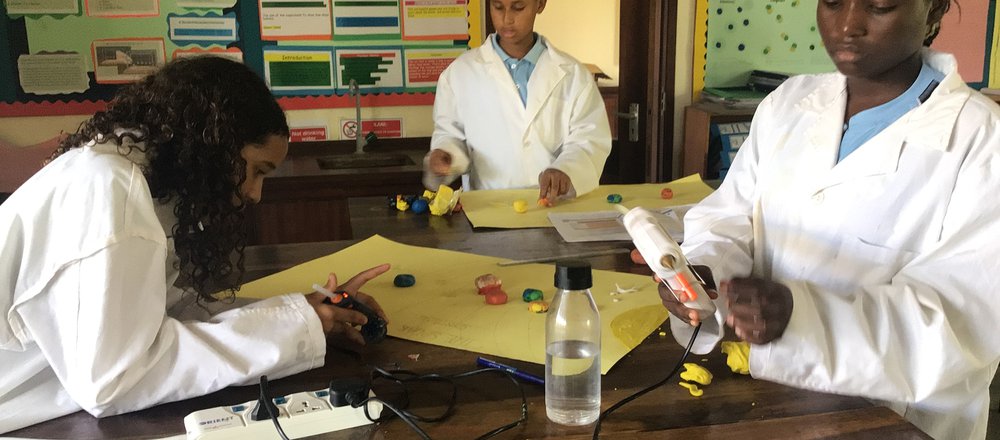
3rd March 2023
Year 7 - Space and gravity
This week, the students have learnt about the solar system which consists of our star, the Sun, and everything bound to it by gravity. They have also moulded the planets: Mercury, Venus, Earth, Mars, Jupiter, Saturn, Uranus, and Neptune using modelling clay and represented the solar system on manila paper.
Year 8 - Pressure in liquids
Year 8 students have used research skills to discover how liquid pressure is the increase in pressure at increasing depths in a liquid. This pressure increases because the liquid at lower depths has to support all of the water above it. They managed to create a Google slide with their findings, supporting their notes on solubility of salts.
Year 9 - Energy and sound waves
Our young scientists are now able to describe how energy can be changed from one form to the other. Because of civilisation, people have learned how to change energy from one form to another and then use it to do work. The students can now define energy as the ability to do work.
Year 10 - Electrolysis in Chemistry and gas exchange in Biology
The Year 10 students have been able to demonstrate how ionic compounds can be split by passing current through them to form separate elements. They can use the half equations to describe the chemical change in which the substance loses or gains an electron. In practicals this week, they have used molten ionic compounds, concentrated and dilute compounds, to predict the products at the anode and at the cathode which are positive and negative electrodes.
Year 11 - Qualitative analysis for testing for gases, cations and anion in Chemistry and carried a food test practical in Biology
Apart from topical revision using past papers, end of topic tests and review of unclear concepts, the students also carried out some practicals to sharpen the concepts they are frequently tested on in the main examination. They carried out qualitative analysis of elements and also carried out food tests practicals to enable them to find out what food types a food contains. Examples of the tests they have done this week include: fats test using ethanol emulsion, protein using biuret test, glucose using reducing sugar.
Mrs Okech
Science teacher


